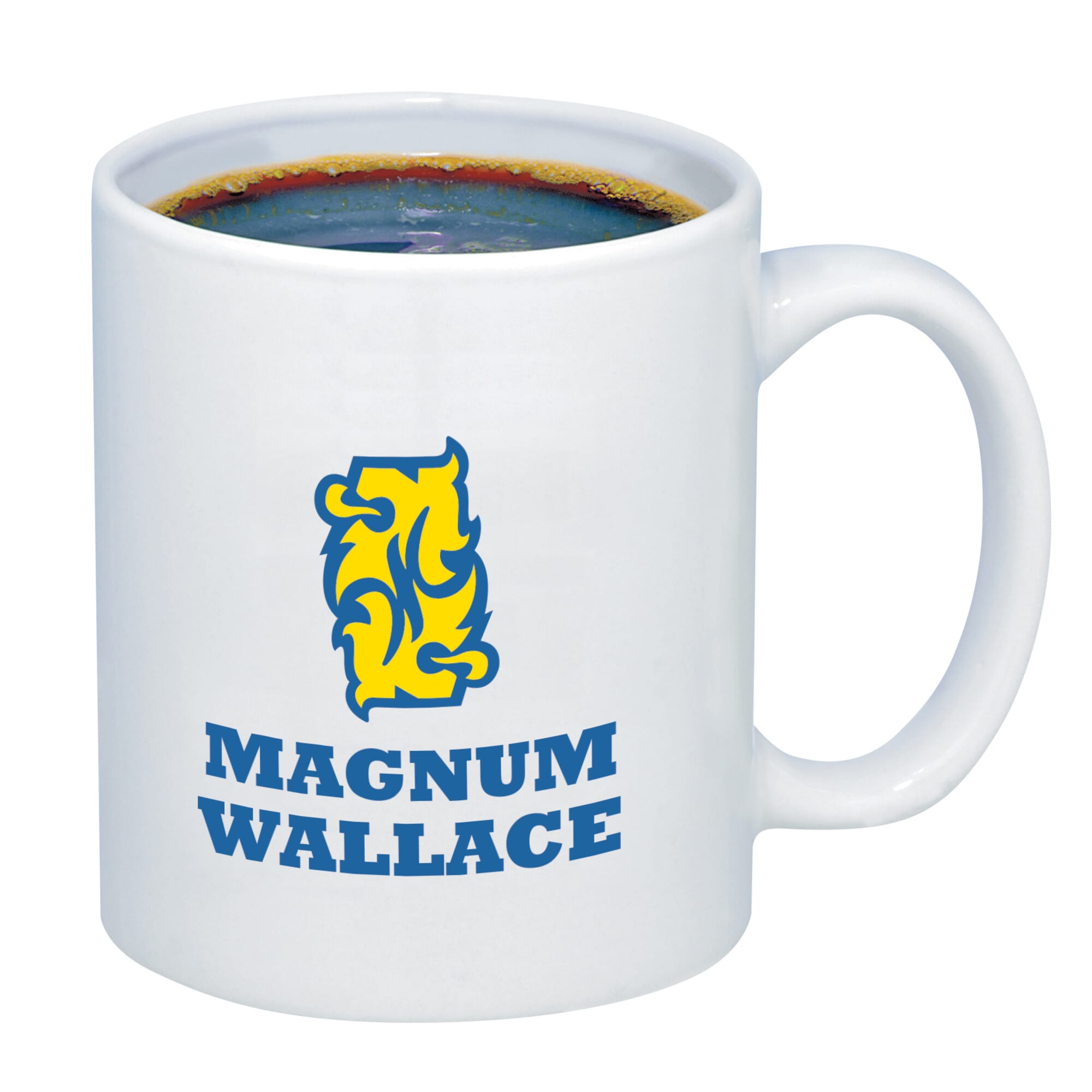
Recent market dynamics have seen the British pound navigating choppy waters against both the US dollar and the euro. Over the past month, GBP/USD has oscillated between 1.31 and 1.34, while GBP/EUR climbed from below €1.15 to a one-month high of €1.1876. This in-depth analysis examines the common and divergent drivers behind these moves, technical signals across both pairs, and implications for investors and businesses.
1. Macroeconomic Drivers: Commonalities and Contrasts
| Driver | Impact on GBP/USD | Impact on GBP/EUR |
|---|---|---|
| Interest-Rate Differentials | US Treasuries’ rising yields have bolstered the dollar, with Fed tightening expectations supporting USD strength. | The eurozone’s lower bond yields and slower ECB tightening have weakened the euro, enhancing sterling’s relative appeal. |
| Labour-Market Data | Strong US employment figures in early May led to a brief dollar rally, pulling GBP/USD down to 1.3174. | UK wage growth and low unemployment bolstered sterling versus the euro, as eurozone labour markets remain under pressure from energy costs. |
| Monetary-Policy Signals | Fed members’ hawkish comments underpinned the dollar; the BoE’s dovish hints capped sterling gains. | A more hawkish BoE stance compared to the ECB drove GBP/EUR above €1.17, culminating in the monthly peak. |
| Geopolitical and Energy Factors | Safe-haven demand for USD amid global tensions supported the dollar. | Euro suffered from the eurozone’s gas-price volatility; sterling benefited from the UK’s partial hedging of energy imports. |








